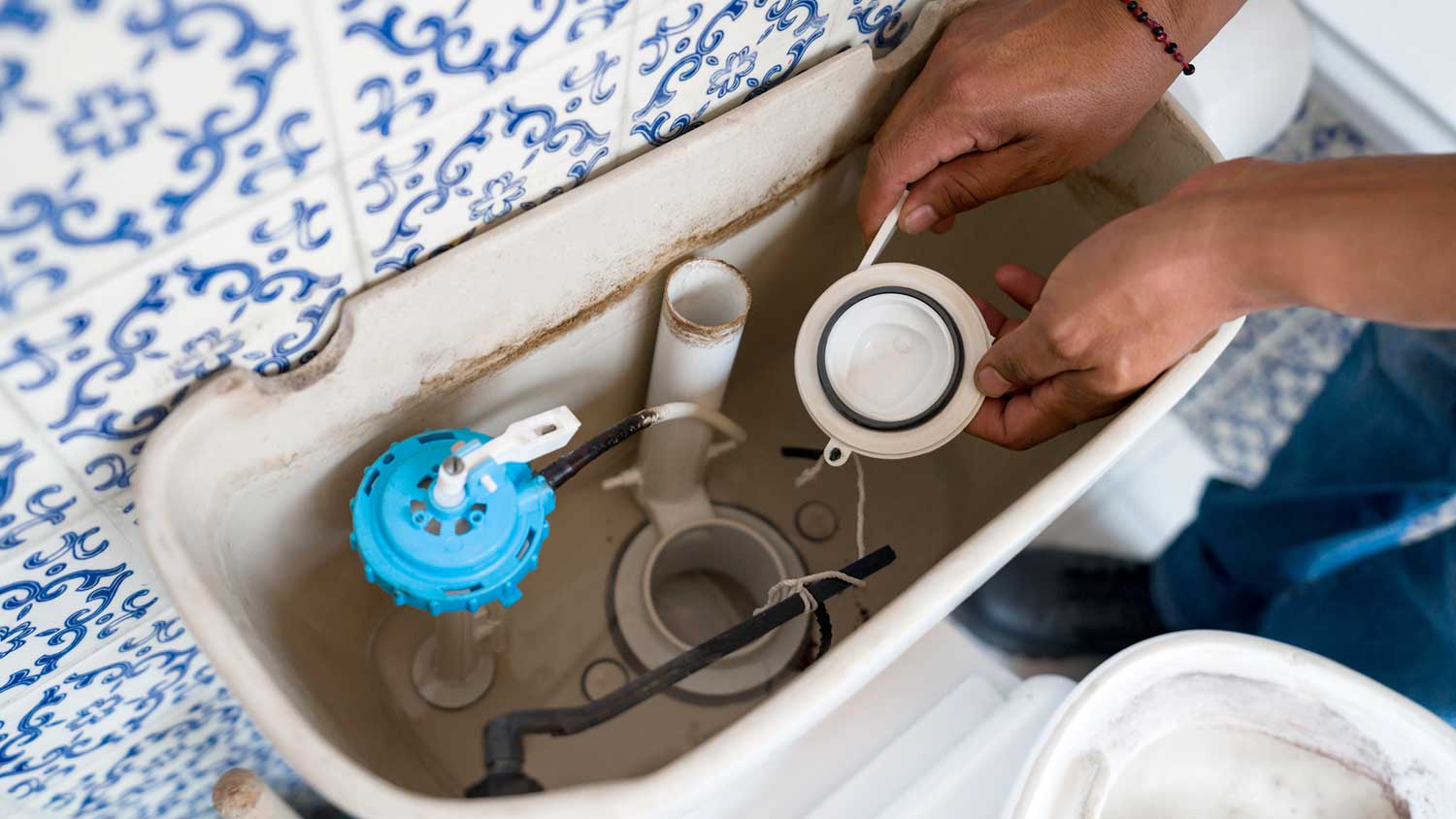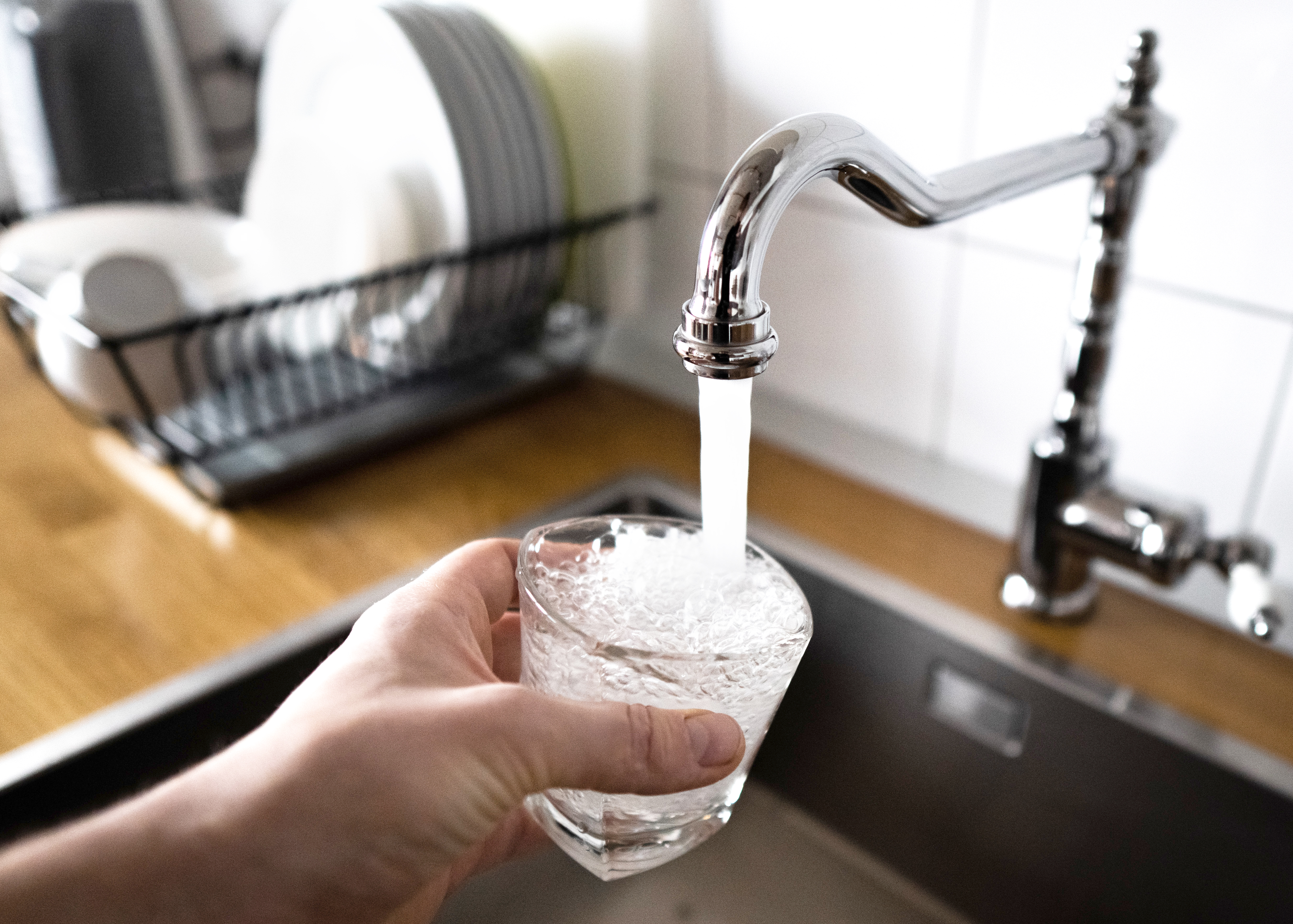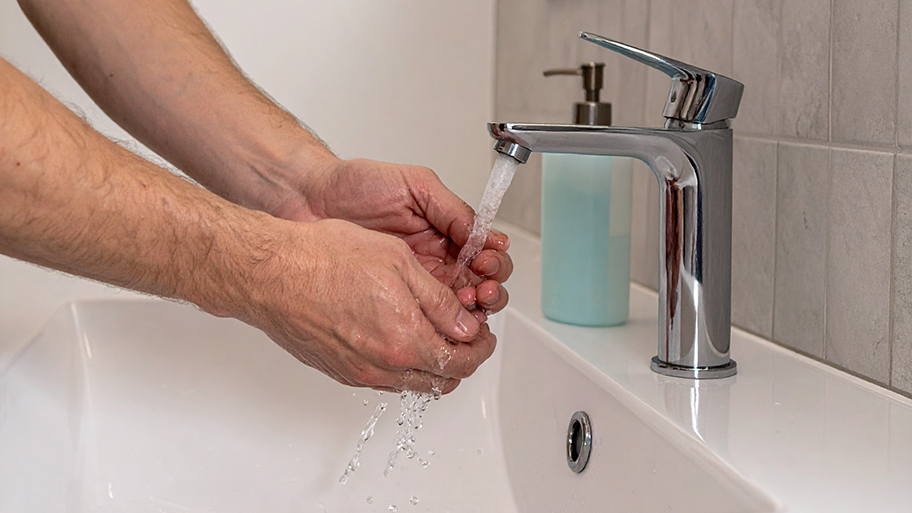
Learn how much plumbers cost in Columbus, Ohio. Discover pricing for faucet repairs, pipe work, and emergency services, plus how you can save money.
Don’t flush this device away too soon


If you ever had to frequently jiggle the handle on your toilet because it runs, flushes randomly, or water surges to the top of the tank, you may have a problem with the toilet flapper. If you do, you’ll need to replace it before you have a bigger leak on your hands. Luckily, doing so is an easy and inexpensive fix for most homeowners.

A toilet flapper is one of many parts in a toilet tank that allows your toilet to flush. This round piece of rubber, plastic, or silicone connects to a chain in the toilet tank. When you flush, the chain lifts the flapper, moving water into the toilet bowl via the flush valve.
Flappers come with a 2- or 3-inch seal—their size depends on the opening of the flush valve. No matter the size you use, a toilet flapper lasts between 3 and 5 years before it needs to be replaced. Thankfully, it’s a lot easier to replace this component than replacing the toilet itself.
While a toilet flapper needs replacing when it’s outdated, there are a few additional reasons why you may need one sooner than you think.
Chemical cleaners that drop in your tank seem like a handy way to keep your toilet sparkling. However, these cleaners can deteriorate the materials used in a toilet flapper over time. Frequent use of bleach-chlorine tablets can make a flapper brittle within a year.
High pH levels and mineral deposits from hard water can wreak havoc on more than just your dishes. These deposits leave residue behind, shortening the toilet flapper’s life span.
Bacteria, algae, and other microorganisms inhabiting toilet tank water can eat away at a flapper, causing it to deteriorate.
If the water pressure in your toilet is too high, it can cause the fill valve to break and the flapper to leak. In this instance, the toilet may run when you’re not using it or flush randomly.

Toilet flappers don’t last forever, but there are telltale signs that the end is near. If your toilet has any of the following issues, a simple flapper replacement could restore it to tip-top shape.
Mineral buildup, algae growth, and time can eat away at the flapper and compromise the seal. The flapper can’t completely close without a good seal, leaving the toilet to run constantly. Replacing the flapper could be your best bet for fixing a running toilet. The replacement flapper should be as close in shape and size to the original as possible to create a solid seal.
A worn-out or damaged flapper can allow a small amount of water to flow slowly into the toilet bowl, creating a leak. If you ignore this issue, you’ll likely end up with a perpetually running toilet. Sometimes, leaks can result in water on the bathroom floor, too.
Toilet flappers are used heavily. Over time, they can become covered in slime and sludge and eventually succumb to age. You can extend the flapper's life by occasionally cleaning it and removing buildup, but if yours is over three to five years old, it might be time for a new one.
If replacing the flapper doesn’t fix these issues, consult a toilet repair pro near you to identify the problem.
To maintain the life of a toilet flapper, you should check it frequently to make sure it’s attached to the chain and flush handle properly. It should also fully cover the flush valve, and when the toilet is flushed, it should come straight up.
You should also keep the flapper clean from mineral buildup. First, shut off the water to the tank, and then flush to empty the bowl. While wearing rubber gloves, use an old toothbrush or scouring pad to scrub the flapper and seat assembly clean.
From average costs to expert advice, get all the answers you need to get your job done.

Learn how much plumbers cost in Columbus, Ohio. Discover pricing for faucet repairs, pipe work, and emergency services, plus how you can save money.

Learn about main water line repair costs in Columbus and what affects pricing to be prepared before you start getting estimates.

Discover the leading factors affecting your main water line replacement cost in Columbus, including length, material selection, and installation details.

Replacing or upgrading plumbing in your home? Make sure you know how to measure pipe size accurately to avoid buying the wrong materials.

Installing a new kitchen sink involves removing the old sink and putting in the new one. Follow these steps to learn how to install a kitchen sink like a pro.

If your tub stopper is ruining bathtime or it’s time for a new one, you can easily DIY the job. Keep reading to discover how to remove a bathtub drain stopper.